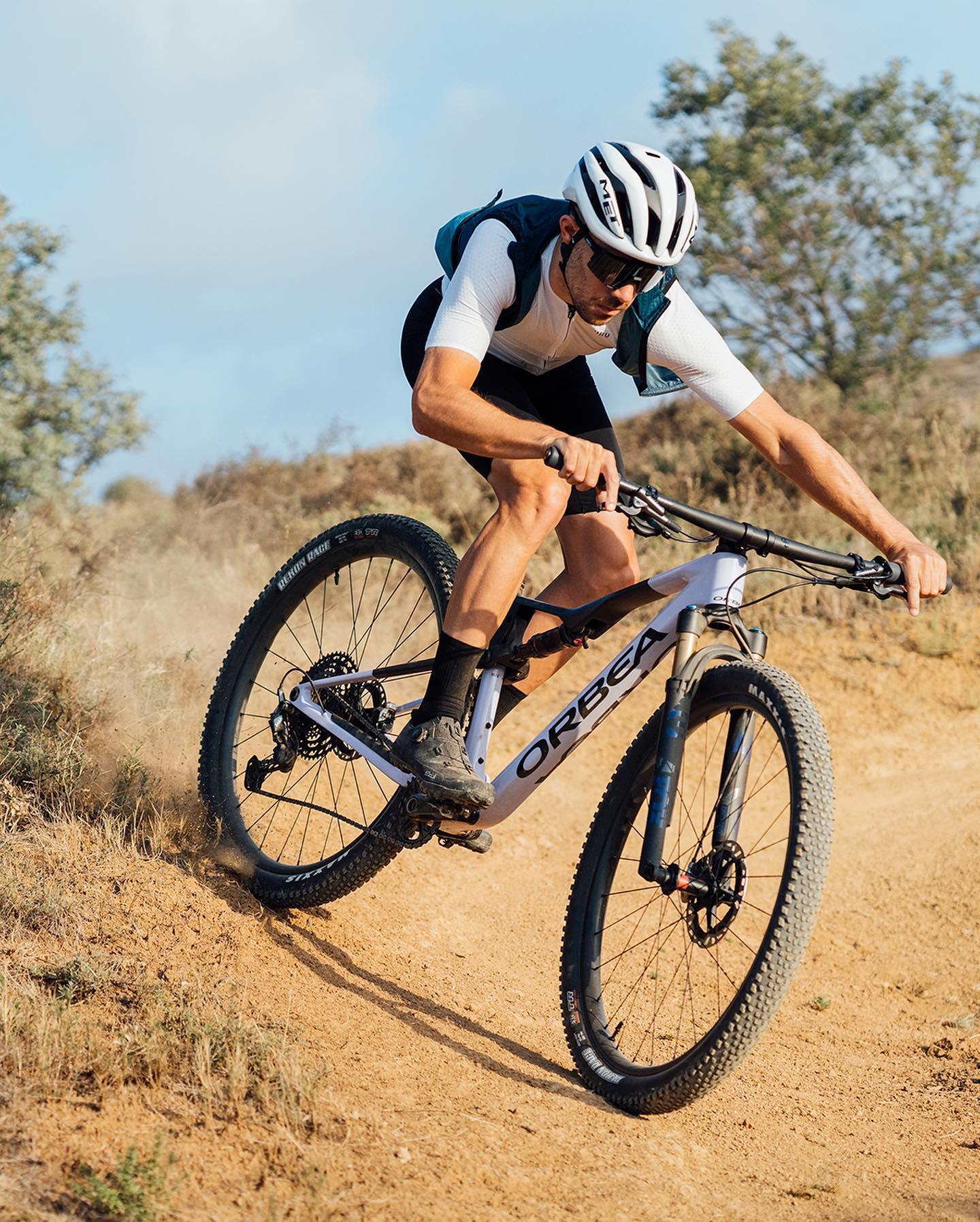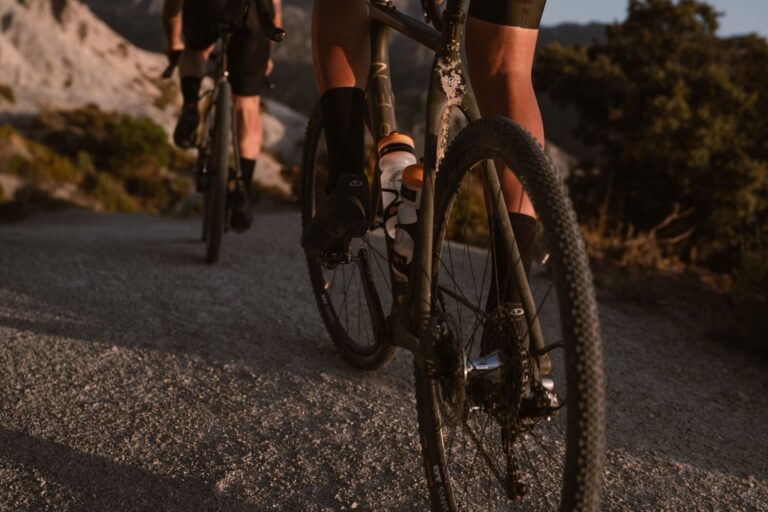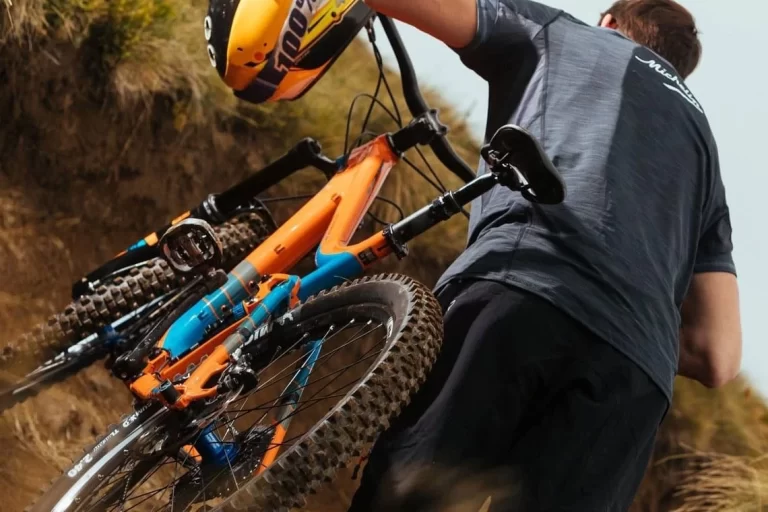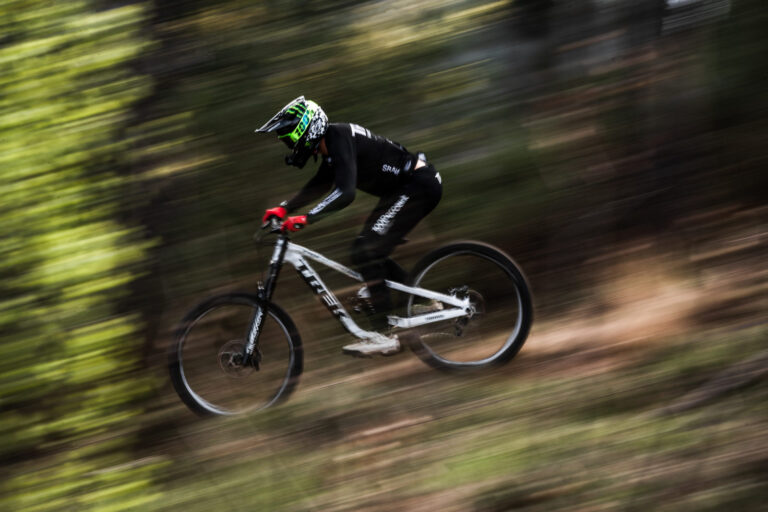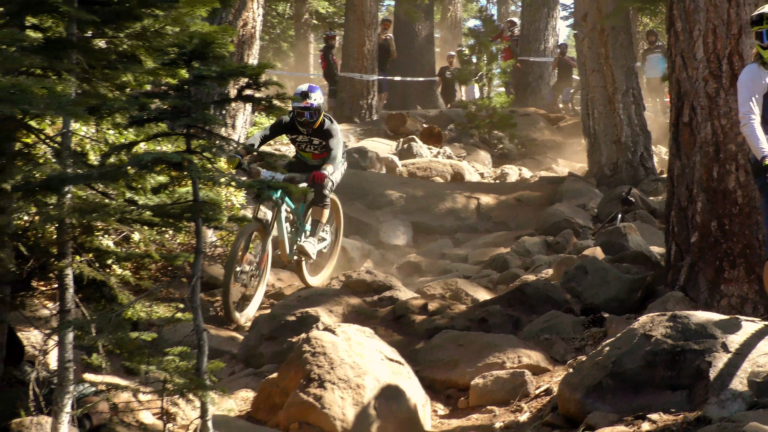Gravel Bike Tire Size Selection: A Cyclist’s Perspective

Key Point Summary of Gravel Bike Tire Size Selection:
Selecting the right tire size for your gravel bike is crucial for an optimal riding experience. This article dives into the factors influencing gravel bike tire size choice, including wheel compatibility, terrain considerations, and personal riding style. It also touches upon the impact of tire dimensions on bike handling and comfort. Tailored for beginner to mid-level cyclists, the guide offers practical advice for making informed tire size decisions.
Hey there, fellow cyclists! As someone who’s spent years racing and riding across various terrains on mountain bikes, gravel bikes, and cyclocross bikes, I’ve developed a real passion for the art of choosing the right equipment – especially when it comes to gravel bike tires. Today, I’m here to share some wisdom on selecting the perfect tire size for your gravel adventures.
Understanding Gravel Bike Tire Size
The tire size for your gravel bike can make or break your ride. It’s not just about fitting a tire to your bike; it’s about matching your tire to the type of terrain you’ll be tackling and your personal riding style. Gravel bike tires typically range from around 30mm to 50mm. The wider the tire, the more traction and comfort you get, especially on rough terrains. However, it’s not always ‘the wider, the better’ – wider tires can be heavier and slower on smoother surfaces.
Wheel Compatibility and Tire Dimensions
When choosing a tire size, the first thing to check is the compatibility with your bike’s wheels. Not all frames and forks can accommodate every tire size, especially the wider options. I remember once trying to fit a 50mm tire on a bike that could only handle up to 42mm – it was a no-go and a valuable lesson in checking specifications before buying.
The Impact of Tire Pressure
An often overlooked aspect of tire selection is the role of tire pressure. It’s not just about the size; how much air you put in your tires significantly affects performance. For example, a larger tire at lower pressure can offer a smoother ride over bumpy terrain. I learned this while tackling a rocky trail where reducing the pressure made a massive difference in handling and comfort.
Balancing Weight and Performance
Another consideration is the weight of the tire. Heavier tires can offer better puncture resistance and durability, which is crucial for rough gravel paths. However, they can also make your bike feel sluggish. I once switched to a lighter set of tires for a race and was amazed at how much quicker my bike felt, though I sacrificed some durability.
Seasonal and Weather Considerations
The choice of tire size might also change with the seasons or weather conditions. In wet or muddy conditions, a wider tire with more aggressive tread can provide better grip. During a particularly muddy spring ride, my wider tires were the only reason I managed to stay upright!
Making the Choice: Experimentation Is Key
Ultimately, the best way to determine the ideal tire size for your gravel bike is through experimentation. Different sizes can change the ride feel significantly. Don’t be afraid to try various options. Remember, what works for one cyclist may not work for another.
Incorporating Technology
With advancements in cycling technology, some tires now offer features like tubeless compatibility or puncture-resistant materials. These features can influence your decision, depending on your riding conditions and maintenance preferences.
Terrain Considerations
The terrain you plan to ride on is a significant factor in tire size selection. For smoother gravel roads, a tire in the range of 30-40mm is usually sufficient, offering a good balance of speed and comfort. When venturing into more rugged or loose terrain, a tire closer to 50mm will provide better grip and stability. This was a game-changer for me during an epic gravel ride in the mountains where the wider tires provided much-needed confidence on the descents.
Riding Style and Comfort
Your riding style also plays a role in tire size choice. If you prioritize speed and efficiency, lean towards the narrower end of the spectrum. For riders who value comfort and stability, especially over long distances or challenging terrain, wider tires are the way to go.
Personal Experiences with Different Tire Sizes
From my experience, tire size choice is a personal decision. I’ve ridden 35mm tires on century rides over mixed terrain, finding them a great middle ground. However, for bikepacking trips with a loaded bike, I prefer something around 45mm for extra comfort and stability.
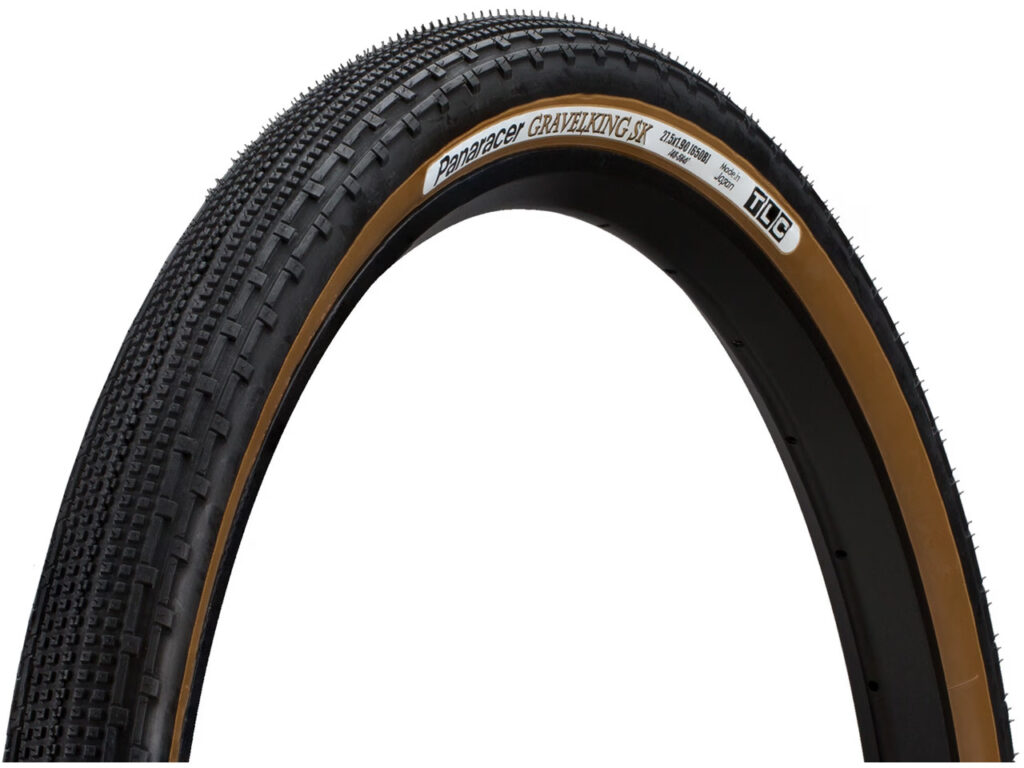
Here are five highly regarded gravel bike tires, known for their performance, durability, and versatility:
- Schwalbe G-One Allround: Renowned for its versatility, the Schwalbe G-One Allround offers an excellent balance between rolling resistance and off-road grip, making it a top choice for a variety of gravel conditions.
- Panaracer GravelKing SK: This tire is a favorite among gravel riders for its durability and ability to handle a mix of surfaces. Its small, closely spaced knobs are ideal for both rough roads and light mud.
- WTB Riddler: The WTB Riddler is praised for its fast-rolling center tread combined with aggressive side knobs, providing a great mix of speed and cornering stability on gravel.
- Continental Terra Trail: Part of Continental’s ‘Terra’ series specifically designed for gravel, the Terra Trail offers a great combination of puncture protection, comfort, and grip, suitable for a wide range of terrain.
- Maxxis Rambler: The Maxxis Rambler is designed with the volume and tread pattern ideal for gravel, offering a smooth ride on hard surfaces while providing sufficient grip in loose conditions.
Each of these tires has unique features that cater to different aspects of gravel riding, from racing to long adventure rides. The best choice depends on the specific conditions and terrain you plan to tackle.
Concluding Thoughts
Selecting the right gravel bike tire size is about understanding your bike’s capabilities, the terrain you’ll be riding on, and your personal preferences in riding style. Experiment with different sizes if possible and find what feels best for you. There’s no one-size-fits-all answer, but with a little knowledge and some trial and error, you’ll find the perfect fit for your gravel riding adventures.
John
FAQ
What size tires are best for gravel bike?
The best tire size for a gravel bike typically ranges between 35mm to 45mm, offering a good balance of comfort, traction, and rolling efficiency on varied gravel surfaces. However, the ideal size can vary based on rider preference, terrain, and bike compatibility.
Is 32mm wide enough for gravel?
Yes, 32mm tires can be suitable for gravel, especially on smoother gravel paths or for riders who prioritize speed and efficiency. However, wider tires may offer better comfort and traction on rougher or looser gravel surfaces.
Is 35c wide enough for gravel?
Yes, 35c tires are generally wide enough for gravel riding, offering a good balance of comfort, traction, and rolling efficiency for most gravel surfaces.
Are 28mm tyres OK for gravel?
28mm tires are on the narrower side for gravel riding. They can be suitable for well-packed, smooth gravel paths, but may lack comfort and traction on rougher or looser gravel terrain. Wider tires are typically recommended for more challenging gravel surfaces.
